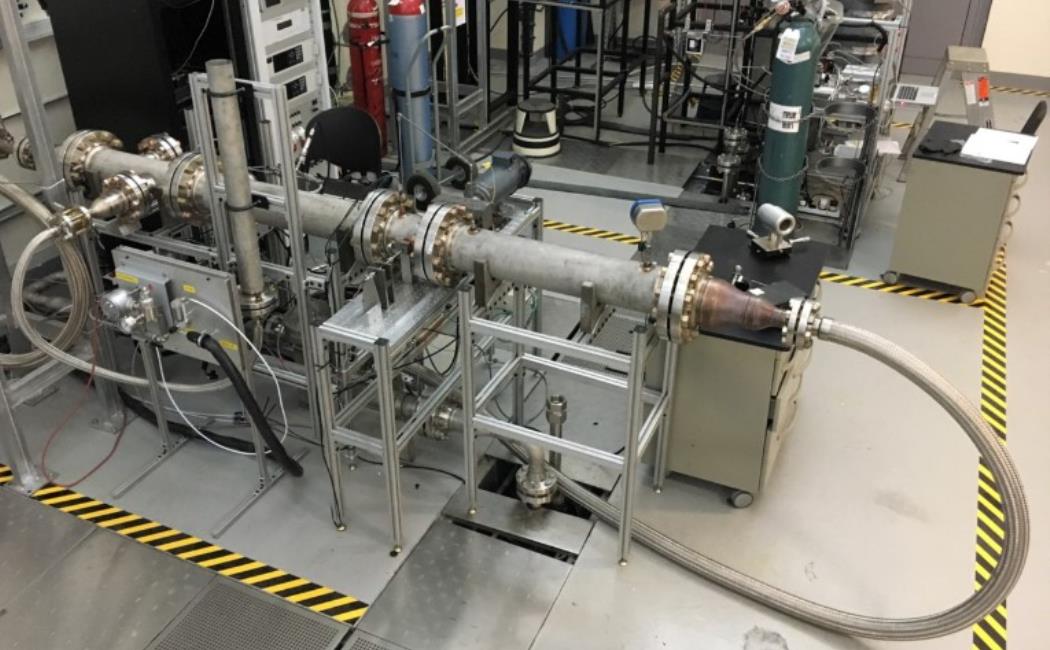


Motivation and Aim
Resonant pulse combustors (RPC) operate in an isochoric combustion mode where fast, periodic deflagrations are coupled with acoustic waves, thereby generating a stagnation pressure gain. They have been widely employed in domestic and industrial heating applications. Replacing the conventional isobaric combustor found in gas turbine engines with an RPC could significantly increase their thermal efficiency. Additionally, the deflagration-based RPC's simple structure makes it much easier to integrate with conventional gas turbine components than the detonation-based pressure gain combustor alternatives. However, the traditional passively valved RPCs utilizing the vulnerable reed and flapper valves suffer the short operation durations. To overcome this issue, we designed a novel actively valved RPC featured with a rotary valve that assures very long operation durations. The aim of the project is to understand the fundamental physics behind the operation of the RPC and to examine the potential of using it in real gas turbine engines for pressure gain combustion.
Objectives